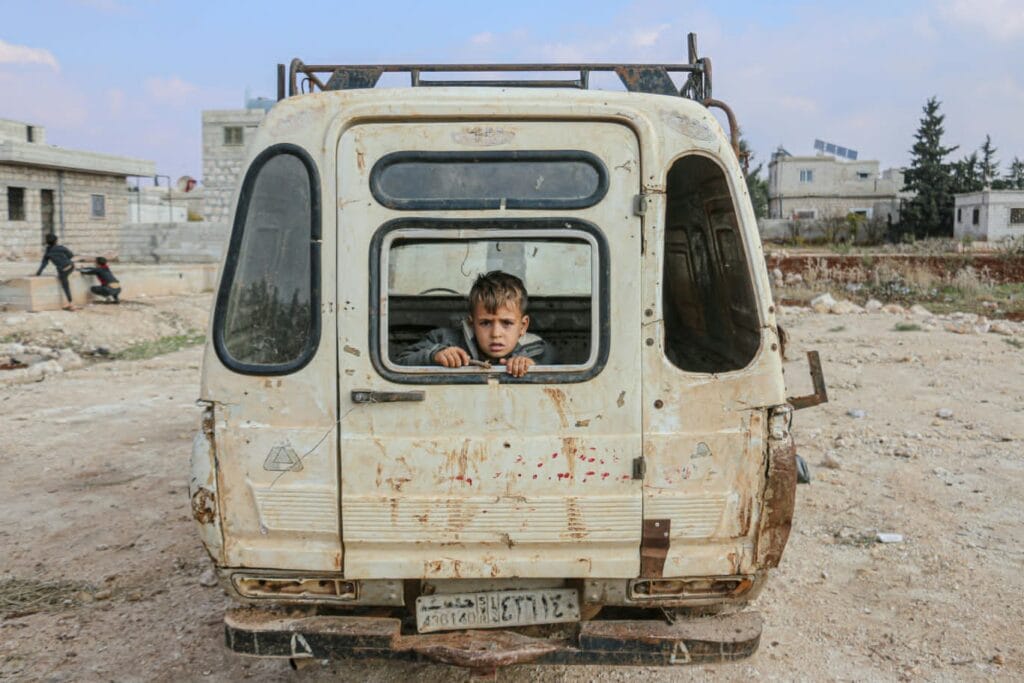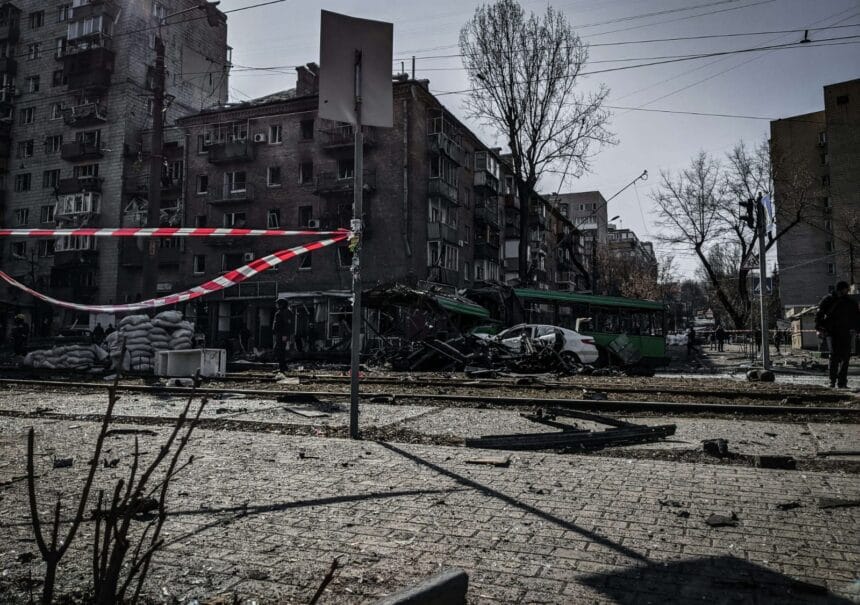The Gaza Strip, although small in size, is densely populated and remains at the heart of one of the most severe humanitarian crises globally. By 2024, the circumstances have deteriorated dramatically, leaving millions struggling to survive amidst escalating difficulties. Years of conflict, stringent blockades, and minimal international intervention have resulted in a catastrophic situation. Recent eruptions of violence have further exacerbated the crisis. To gain a comprehensive understanding of the Gaza situation, it is crucial to examine its origins, the present conditions, and potential ways to provide assistance.
THE CAUSE OF THE CRISIS
The issues in Gaza have deep historical roots. Following Hamas’s takeover of the area in 2007, Israel and Egypt established a blockade to limit the free movement of individuals and goods. This was intended to undermine Hamas, but it has predominantly affected ordinary civilians by restricting access to vital resources like food, medicine, and construction materials.
Ongoing clashes between groups in Gaza and Israel have further destructed homes, schools, and medical facilities, resulting in widespread homelessness and a deterioration of public services. The blockade and regular violence have confined the residents of Gaza in a relentless cycle of poverty and reliance on humanitarian aid.
THE CURRENT SITUATION
In 2024, the humanitarian situation in Gaza has deteriorated severely. More than 2.3 million individuals—more than half of whom are children—are enduring dire circumstances. The primary issues include:
Healthcare in crisis
Gaza’s medical facilities are struggling to manage the demand. Hospitals lack sufficient medications, equipment, and personnel. Continuous violence exacerbates the situation, leading to injuries and fatalities that further burden these already overwhelmed facilities.
Water and electricity shortage
The majority of Gaza’s water supply is contaminated and unsafe for consumption due to pollution and over-extraction. Electricity is available only for a few hours each day due to power outages, complicating the operation of water treatment facilities. Families frequently resort to purchasing costly or unsafe water to meet their needs.
Insufficient food supply
A significant number of families lack adequate food. Over 70% of Gaza’s population is experiencing food insecurity stemming from high unemployment, escalating food costs, and restricted local agriculture. Without assistance from humanitarian organizations, the crisis is likely to worsen.
Displacement and psychological impact
Many individuals have been compelled to evacuate their residences because of violence. Overcrowded living conditions are prevalent, and children are profoundly affected by the psychological toll of constant fear. Disrupted education and limited opportunities hinder young people’s ability to envision a brighter future.
THE BIGGER PICTURE
The situation in Gaza influences not only its residents but also stirs resentment and discontent, making peace between Israelis and Palestinians more difficult to achieve. The hardship experienced there also affects neighboring nations such as Egypt and Jordan, where many Palestinian refugees reside.
On an international scale, the crisis puts a strain on the global commitment to upholding human rights. Despite the vital assistance offered by organizations like the United Nations and the Red Cross, their initiatives frequently face funding shortfalls and political hurdles that hinder progress.
CHALLANGES TO SOLVING THE CRISIS
Addressing the Gaza crisis necessitates both urgent assistance and sustainable solutions, yet numerous obstacles remain. The enduring conflict between Israelis and Palestinians, alongside divisions among Palestinian leadership, complicates advancement. Attempts to alleviate the blockade encounter opposition from individuals concerned that it might aid militant organizations. Meanwhile, reconstruction efforts in Gaza frequently come to a halt due to disagreements among both international and local stakeholders. Without tackling these underlying issues, humanitarian aid in isolation cannot adequately address the crisis.

STEPS FORWARD
Despite these obstacles, certain measures can be implemented to enhance the situation:
- Increase Assistance: Boosting international support for food, clean water, and medical resources is vital for helping individuals endure.
- Restore Essential Infrastructure: Repairing Gaza’s water supply, power systems, and sanitation facilities can enhance daily living conditions and establish a foundation for future recovery.
- Promote political talks: Reviving negotiations between Israelis and Palestinians, along with fostering unity among Palestinian leaders, is crucial for achieving enduring resolutions.
- Uphold Human Rights: It is imperative for the global community to ensure accountability for all parties in adhering to international laws and protecting civilian safety.
- Foster Economic Development: Generating employment opportunities and facilitating greater trade can empower families to support themselves and lessen reliance on aid.
CONCLUSION
The humanitarian crisis in Gaza in 2024 represents one of the most pressing challenges the world faces. Every day, millions endure a struggle that reflects the international community’s capacity to respond with compassion and equity. Although the issues are intricate, a blend of immediate assistance, infrastructure investments, and political initiatives can provide hope for the residents of Gaza. It is crucial for the world to take action to ensure that this crisis does not shape the future of those living in Gaza.









